India Reports Record Spike In Coronavirus Cases Just As It Starts Reopening Economy
20 April, 2020
With increasingly politicized debates raging across developed countries whether or not to reopen economies as new coronavirus cases and deaths appear to be plateauing, India has made the decision to ease one of the world's strictest lockdowns to allow some manufacturing and agricultural activity to resume after the economy suffered a sharp slowdown in recent weeks.
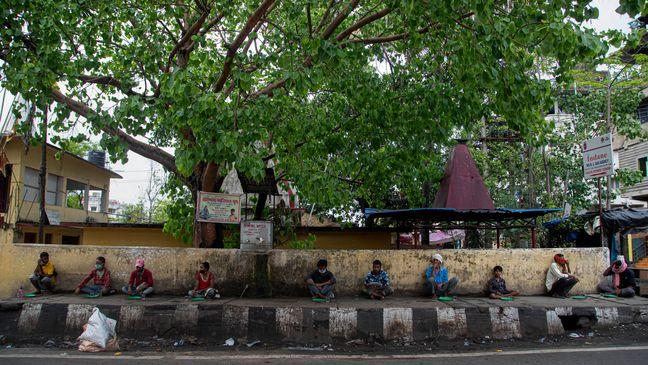
India's shelter-in-place orders were imposed on March 24 and halted all but essential services, sparking an exodus of migrant workers and people who survive on daily wages out of India's cities and toward villages in rural areas. Authorities picked up travelers in a fleet of buses and quarantined many of them in empty schools and other public buildings for 14 days. An even bigger problem, however, was the freefall in the Indian economy.
Here is why India is in a rush: according to Goldman's current activity indicator (CAI), growth in India was reported at 2.8% in March, a 4.2% plunge relative to February, and the slowest uptick since the financial crisis. The sharp fall in March, is driven by both industrial and services, with the decline in exports, imports, auto sales, and PMI services being the biggest drivers.
Goldman also gathered a variety of high-frequency economic indicators, similar to how the banks looked at China's economy in February to gauge the slowdown. Here are some of the findings across various sectors:
Industrial:
- Daily electricity consumption collapsed in March (-30% yoy on March 27), and remains at low levels since then. (Exhibit 4).
- The relative usage of coal also fell sharply in March. The fraction of total electricity generation through coal declined by almost 10 percentage points between 1st and 31st March 2020. Our rough estimate showed coal consumption was almost 11% weaker in the last week of March and first 12 days of April, relative to last year (Exhibit 5).
- Air pollution, which is an indicator of industrial activity, has fallen in several cities. The Air Quality Index (AQI) (which is positively related to air pollution; higher values for the AQI indicate greater air pollution) decreased in April for major Indian cities such as Bengaluru, Chennai, Kolkata and New Delhi, as per the data from the Central Pollution Control Board.
Services:
- Railway transportation: Railway passenger volume contracted by 7.4% in the first 10 days of March 2020, according to the Indian Railways data, and is expected to decrease for the rest of March and April.
- Traffic congestion data shows that congestion has reduced to very low levels in three major Indian cities, indicating reduction in movement (Exhibit 6).
- Mobility tracker from Apple. Mobility trend reports from Apple are based on changes in routing requests of ~12 mn Iphone users in India. Based on the latest reported data, walking and driving mobility have contracted by 73% and 81% between January 13 and April 14, 2020 (Exhibit 7).
- Daily unemployment and labor force participation rates from the Center for Monitoring Indian Economy. Daily unemployment shows a sharp spike since March 29th, driven by both rural and urban areas. Not only has unemployment (defined as the number of people, 15 years of age or more, who are part of the labor force but unemployed) spiked, but labor force participation rates (number of people, 15 years of age or more, employed or actively seeking employment as % of total working age population) has also collapsed (see Exhibit 8).
In other words, just like in China in February and early March, much of India has shut down, and just like China, India is now scrambling to reboot its economy, as the alternative for the country with a population of 1.4 billion is a social upheaval that would likely be far worse than letting the coronavirus run rampant.
However, unlike China which largely reopened only after the number of reported new cases had collapsed, India is starting to ease its lockdown just as the number of single-day new cases spiked the most yet, as an additional 1,553 cases were reported over 24 hours compared with 1,334 reported on Sunday morning, raising the national total to 17,265, potentially resulting in an even faster breakout in new cases in the world's most densely-populated nation.
As AP further adds, at least 543 people died from the Wu-Flu and epidemiologists forecast the peak may not be reached before June.
And while New York City has emerged as the global case study for rampant disease spread so far, skeptics warn that a full blown pandemic in India would be orders of magnitude more catastrophic.
However, starting Monday, limited industry and farming were allowed to resume where employers could meet social distancing and hygiene norms, and migrant workers were allowed to travel within states to factories, farms and other work sites.
This is taking place even as government surveys in the central Indian state of Maharashtra, the worst-hit by the virus, have suggested few companies eligible to restart operations can do so because they are required to transport and shelter workers as a virus-prevention measure.
"In the event a group of migrants wish to return to their places of work within the state where they are presently located, they would be screened and those who are asymptomatic would be transported to their respective places of work," India's home ministry said in a letter to state governments.
While a partial lifting of a curfew permitted the restart of coal plants and oil refineries, animal feed and agro-industry, and other labor-intensive manufacturing such as brick kilns, much of the country remained under lockdown.
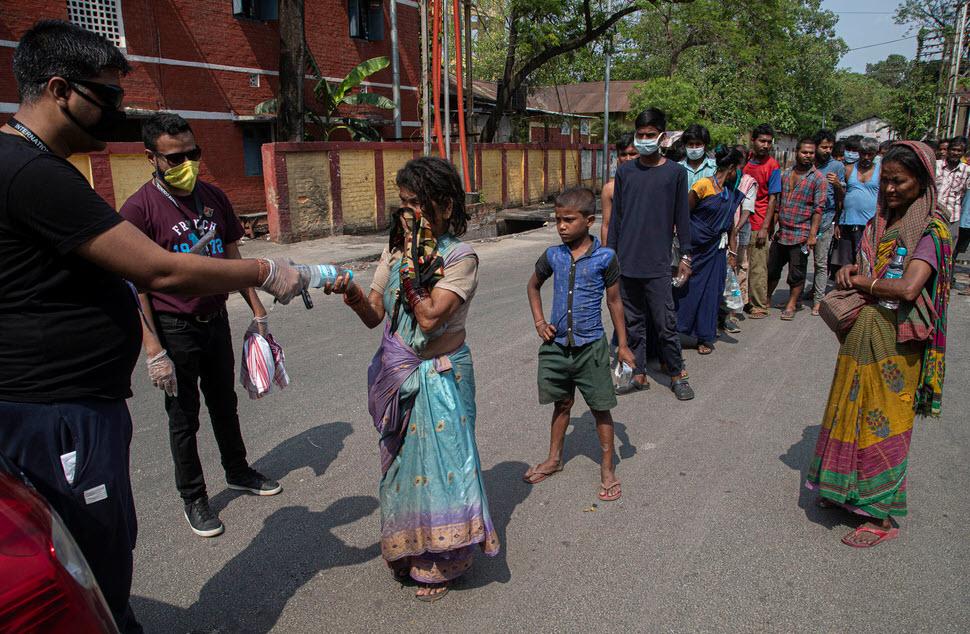
Additionally, India's airspace was closed to commercial traffic, its passenger rail system, buses and metros were halted, e-commerce was restricted to food and other essentials, and schools, stadiums and houses of worship remained closed until May 3.
In hopes of preventing an even faster breakout, India is also continuing to ramp up testing, build up stocks of ventilators and personal protective equipment and prepare makeshift isolation wards and dedicated COVID-19 hospitals.
Yet one difference between India and the rest of the world that may help India contain the pandemic is that in Mumbai, the capital of Maharashtra and home to Asia's largest slum, city authorities were planning to administer hydroxycloroquine to thousands of slum-dwellers over 14 days to gauge whether the drug helped to slow the spread of the disease in a place where social distancing norms aren't possible to achieve. It was unclear how many people would participate in the experiment, or when it would begin.



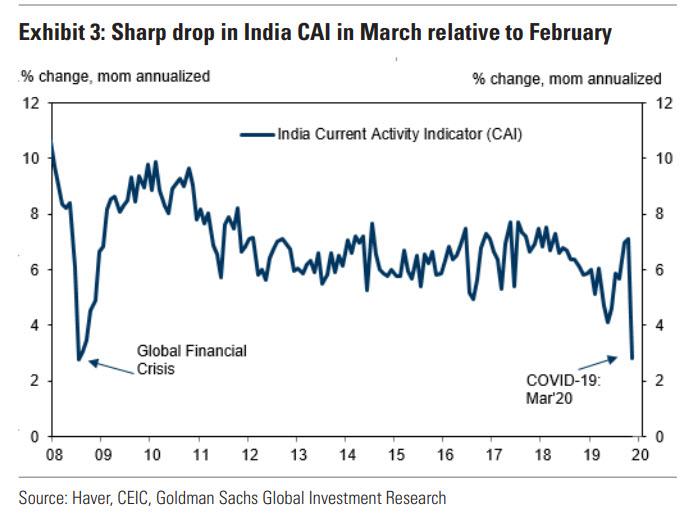
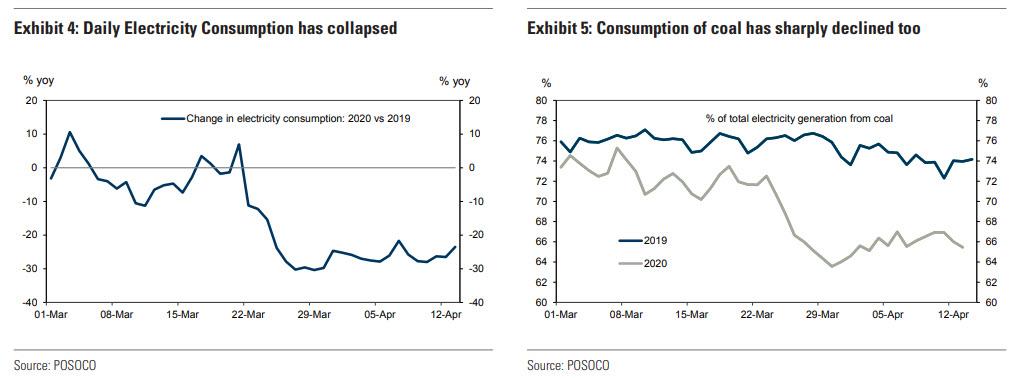
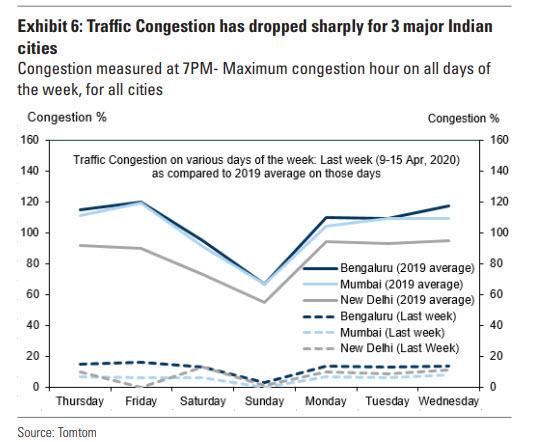
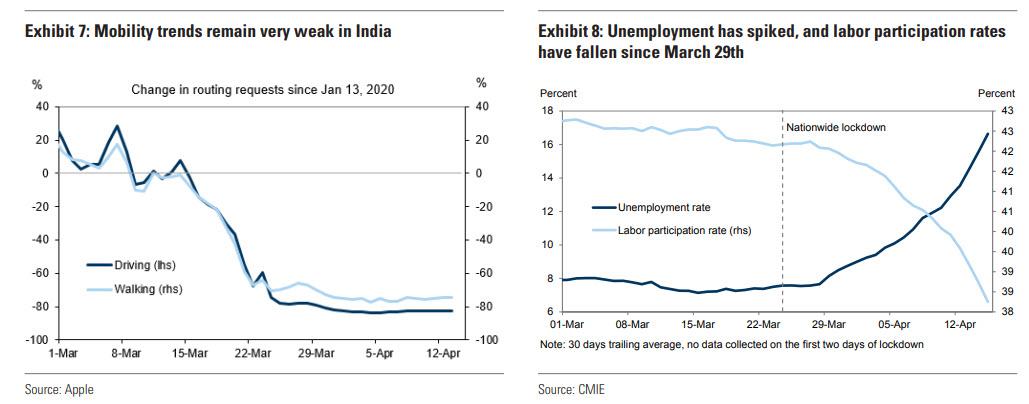
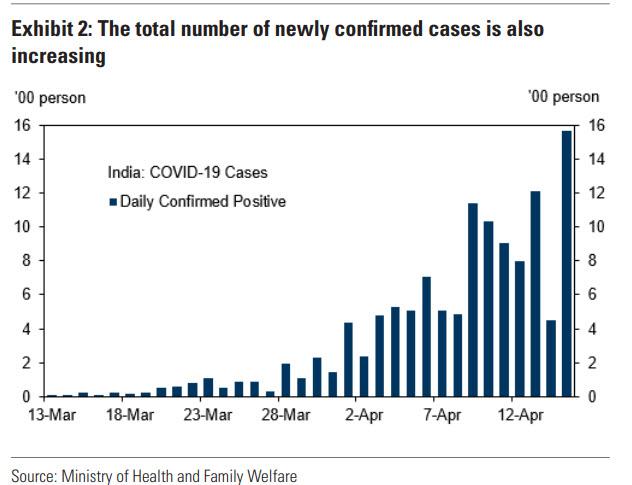
No comments:
Post a Comment
Note: only a member of this blog may post a comment.